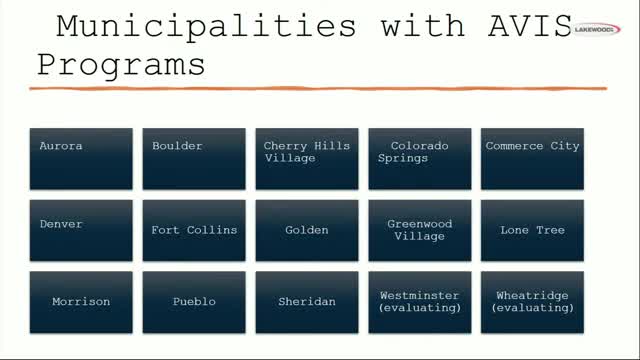Red light cameras spark debate over safety and privacy
September 23, 2024 | Lakewood City, Jefferson County, Colorado
Thanks to Scribe from Workplace AI , all articles about Colorado are free for you to enjoy throughout 2025!

This article was created by AI using a video recording of the meeting. It summarizes the key points discussed, but for full details and context, please refer to the video of the full meeting. Link to Full Meeting
Boulder Police Department plans to expand its program from 11 to 13 cameras, citing positive impacts on community safety. The Morrison Police Department, which recently implemented a speed enforcement initiative, reported a 30% decrease in collisions since its launch in May.
The discussion also touched on the budgetary implications of these programs, with officials noting the variability in costs depending on the number and type of cameras used. A hybrid model combining different enforcement strategies was recommended to maximize safety and efficiency. The proposal includes using program revenues to fund additional traffic enforcement and safety measures, particularly around school zones.
However, public sentiment was mixed. Resident Brad Bruce voiced strong opposition to the camera systems, arguing that they do not inherently improve safety and could disproportionately affect lower-income residents. He emphasized the need for smarter road infrastructure, such as narrower streets and protected bike lanes, rather than relying on technology that may not effectively deter dangerous driving behaviors.
The council is expected to deliberate further on the implementation of these camera systems, weighing the statistical evidence of their effectiveness against community concerns regarding privacy and the potential financial burden on residents.
Converted from Lakewood City Council Special Meeting | 09-23-2024 meeting on September 23, 2024
Link to Full Meeting
Comments
View full meeting
This article is based on a recent meeting—watch the full video and explore the complete transcript for deeper insights into the discussion.
View full meeting
